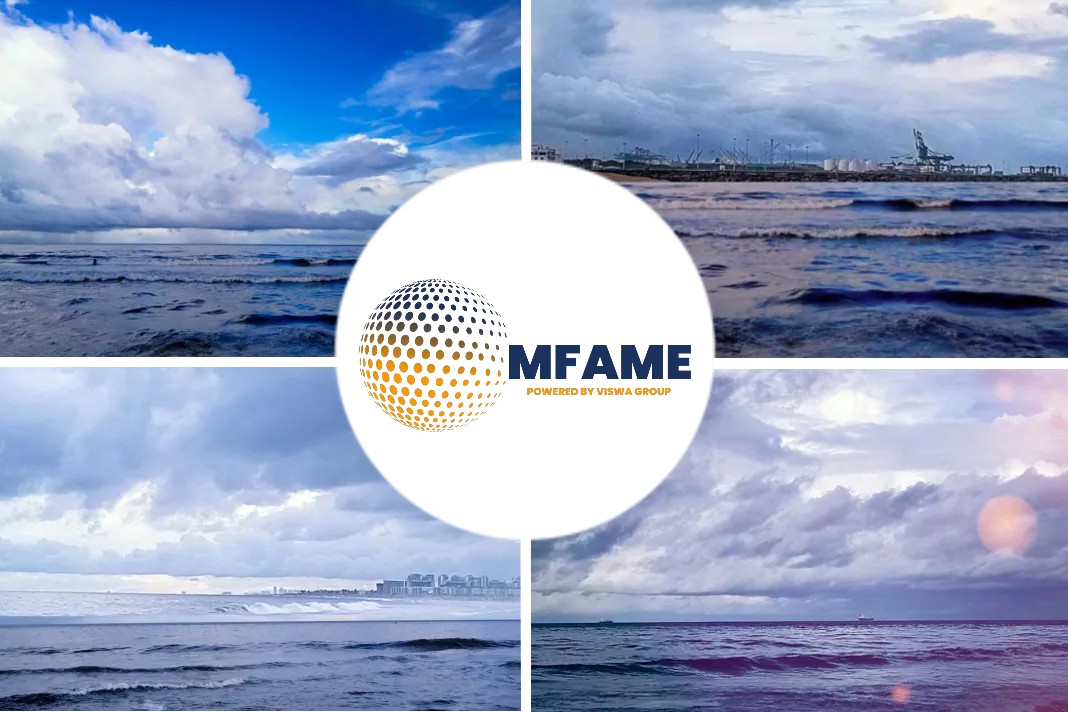
Leading maritime entities ABS, GTT, and DHT Holdings unite their expertise to advance the design of LNG dual-fuel Very Large Crude Carriers (VLCCs) and navigate regulatory challenges at Gastech 2023 in Singapore. The engine online source.
- ABS, GTT, and DHT Holdings collaborate at Gastech 2023 to enhance the design of LNG dual-fuel VLCCs, focusing on regulatory compliance and operational efficiency.
- The partnership aims to optimize VLCC design, fuel availability, LNG volume, tank size, and compliance with the carbon intensity indicator (CII), a crucial metric for assessing environmental impact in shipping.
- While LNG offers emissions reduction potential, addressing methane emissions is essential to maximize its environmental benefits, marking a significant step towards sustainability in the maritime industry.
Maritime Innovation
In a significant announcement at Gastech 2023 in Singapore, leading classification society ABS, French containment system builder GTT, and oil tanker company DHT Holdings (DHT) have joined forces to enhance the design of a very large crude carrier (VLCC) with LNG dual-fuel capabilities, addressing crucial regulatory requirements.
Optimizing VLCC Design
Under this collaborative agreement, the three companies are poised to optimize the VLCC design by thoroughly analyzing factors such as total cost of operation and fuel availability at frequently visited ports. Their efforts will also extend to critical areas like LNG fuel volume, tank size optimization, and compliance with regulatory measures, including the carbon intensity indicator (CII).
Carbon Intensity Indicator
The CII, a vital metric in assessing a ship’s environmental impact, quantifies the efficiency of cargo or passenger transportation. It is expressed in grams of CO2 emissions per metric ton of cargo and nautical mile, with ships rated annually from A to E, where A signifies the highest efficiency. The IMO’s CII regulation applies to vessels above 5,000 gross tonnage and is set to impose stricter criteria by 2030, driving the need for innovative solutions.
Emissions Reduction
ABS’ President and Chief Operating Officer, John McDonald, highlighted the potential of LNG in enhancing emissions performance, especially for VLCCs. By harnessing dual-fuel operations and striving for improved CII ratings, these collaborative efforts may extend vessel lifespans and enhance appeal to charterers. While LNG offers significant reductions in CO2 emissions compared to conventional bunker fuels, it’s essential to address methane emissions, a potent greenhouse gas, to maximize its environmental benefits.
Did you subscribe to our daily newsletter?
It’s Free! Click here to Subscribe!
Source-engine.online














